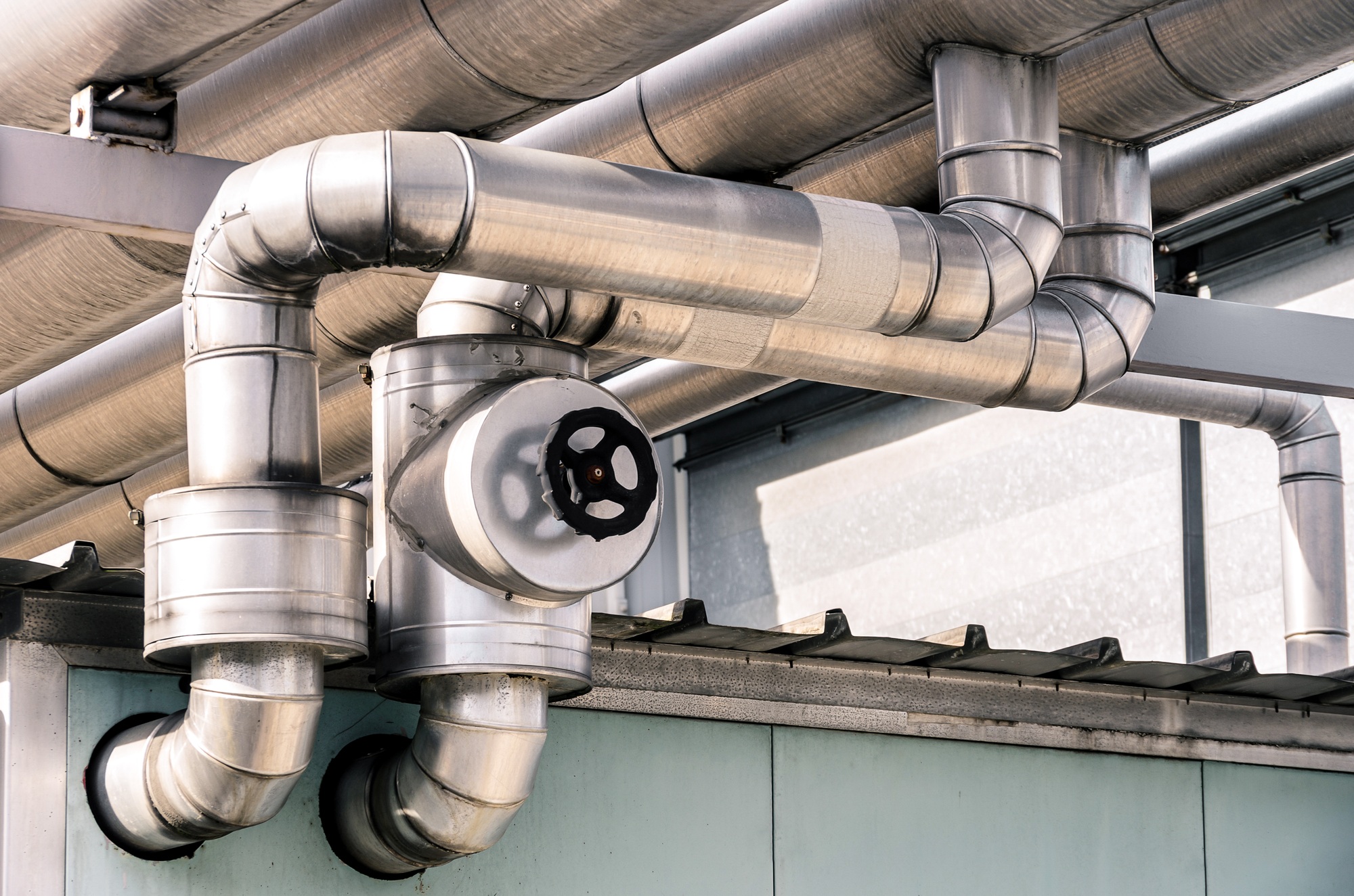Innovative oil tube solutions are transforming the gas and energy industry, addressing evolving needs for efficiency and durability. From high-pressure nylon tubes designed for cooling systems to specialized PEEK tubing suited for harsh environments, these advancements meet rigorous demands. Explore the diverse types, specifications, and applications that set the foundation for improved performance in oil transport, ensuring reliability and safety in crucial operations.
Overview of Innovative Oil Tube Solutions
Oil tubes are integral to the efficiency and safety of operations in the gas and energy industry. They facilitate critical processes like the transportation of oil, gas, and other fluids, making them indispensable across a variety of applications. For instance, industries such as offshore drilling and petrochemicals heavily rely on advanced tubing solutions. This page highlights such solutions: https://www.vallourec.com/our-solutions/oil-and-gas/, offering detailed insights into performance-driven products tailored for challenging scenarios.
Also to discover : Essential solutions for diverse industries using seamless steel tubes
Common Applications of Oil Tubes
Oil tubes serve essential functions in multiple domains.
- Energy Extraction and Transportation: Key in transporting hydrocarbons from drilling sites to processing facilities.
- Cooling and Hydraulic Systems: They regulate temperature and pressure in industrial and vehicular systems.
- Machinery Integration: Found in automotive and agricultural equipment for precise oil circulation.
Types and Materials of Oil Tubes
The materials and designs of oil tubes vary to meet specific operational demands.
In parallel : How Can UK Restaurants Implement AI for Predictive Menu Planning?
- Corrosion-Resistant Alloys: Used in aggressive environments, such as offshore installations.
- Flexible Tubes: Ideal for tight spaces while maintaining durability.
- High-Pressure Tubes: Engineered for machinery and tools requiring robust oil flow.
Choosing the right oil tube involves balancing safety, compatibility, and performance to fit the intended use.
Detailed Examination of Oil Tube Specifications
Size Dimensions and Customization Options
Oil tube size dimensions cater to a variety of needs across industries, offering precise fits for specific machinery and systems. Inner diameters range from 3 mm to 180 mm, while outer diameters can vary between 4 mm and 16 mm for flexible nylon tubes or up to 114.3 mm for industrial gas pipe applications. Custom lengths and diameters are often available to support unique installation requirements, ensuring compatibility across different setups.
Durability Features: Corrosion Resistance and Temperature Tolerance
Modern oil tubes are designed with durability features that combat environmental challenges. Corrosion-resistant materials like 13cr-L8 are specifically employed for pipelines exposed to carbon dioxide or high-acidity environments. For extreme conditions, such as offshore or high-temperature applications, specialized polymers like PEEK provide the needed resilience, tolerating elevated pressures and temperatures without deformation or failure.
Specifications for Various Engine Types
For engines, oil tube specifications are tailored to ensure smooth functionality. Flexible oil tubes are ideal for tight spaces, while oil tubes for high-performance engines emphasize pressure endurance and optimized flow rates. Furthermore, accurate sizing standards and material adaptability make these tubes essential across automotive, agricultural, and industrial applications.
Maintenance and Troubleshooting of Oil Tubes
Routine Maintenance Best Practices for Longevity
Ensuring the maintenance of oil tubes involves a systematic approach to improve their lifespan and performance. Regular inspections are crucial to detect wear, corrosion, or leaks early. Use non-corrosive cleaning agents to clear residue buildup, especially for oil tubes used in machinery or high-temperature environments. Lubrication of connectors and oil tube clamps prevents joint degradation. Periodically tighten fittings to avoid displacement during heavy operations. For flexible oil tubes, ensure that bends are within permissible angles to maintain structural integrity and flow efficiency.
Identifying Common Issues: Wear, Leakage, and Blockages
Common issues with oil tubes include material fatigue, internal blockages caused by debris, and leaks stemming from worn joints. Corrosion-resistant materials can mitigate wear but require monitoring under high-pressure conditions. For oil tubes for high-performance engines, uneven wear or cracking can indicate overheating or stress weaknesses. One critical failure sign is reduced throughput, often pointing to clogged pathways or damaged connections.
Troubleshooting Techniques for Oil Tube Failures
Troubleshooting oil tube leaks or failures starts with isolating the affected section. For minor leaks in synthetic or corrosion-resistant oil tubes, patching kits provide a temporary solution. If blockages are present, disassemble and clean sections carefully, ensuring no residues remain. Always replace heavily worn or misshapen tubes to prevent further oil circulation problems, adhering to proper sizing standards for seamless reinstallation.
Innovations and Future Trends in Oil Tube Manufacturing
Emerging Technologies Shaping Oil Tube Designs
Emerging new technologies in oil tube manufacturing are transforming the oil and gas sector. Advances in material science are pushing boundaries, with corrosion-resistant alloys and synthetic tubing offering longer lifespans and better performance. Flexible oil tubes for tight spaces are now engineered to handle high pressures and extreme temperatures without compromising durability. Additionally, the introduction of smart monitoring systems embedded in oil tube manufacturing process is enabling real-time data collection on wear and potential issues, helping prevent costly failures.
Performance Enhancements: Benefits of Upgraded Materials and Designs
The adoption of performance-enhancing oil tubes is revolutionizing system reliability. For instance, corrosion-resistant oil tubes enhance operational safety, especially in harsh environments like subsea systems. Upgraded tube designs, like coiled tubing, enable smoother oil flow and reduce pressure drops, optimizing efficiency. Features like better UV resistance and insulated coatings are also driving these tailored solutions.
The Future of Sustainable Oil Tube Solutions: Recycling and Environmental Impact
Sustainability is a growing concern in oil tube manufacturing. Innovative recycling methods for metals and composites reduce waste, while new biodegradable materials address environmental challenges. These advances not only lower the ecological footprint but also align with stricter oil tube durability and safety standards, ensuring a balance between performance and sustainability.






